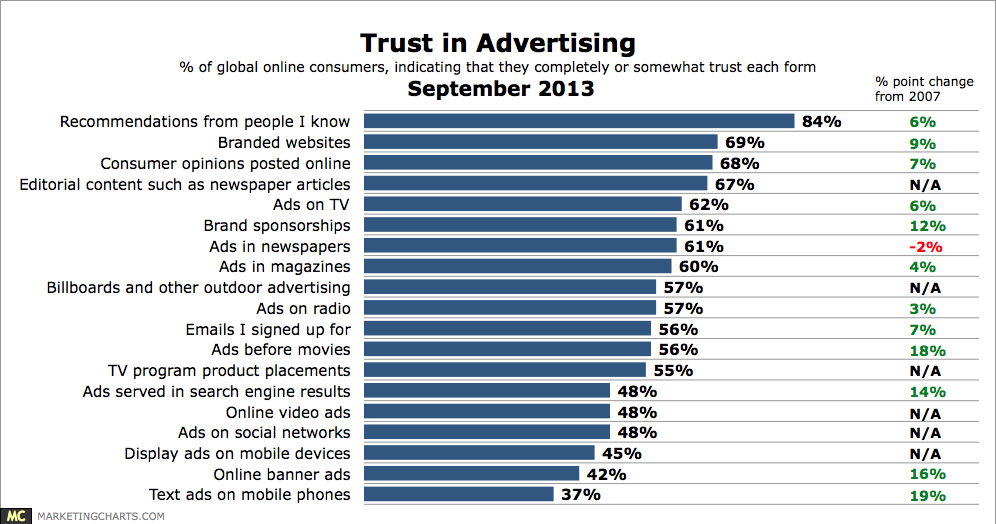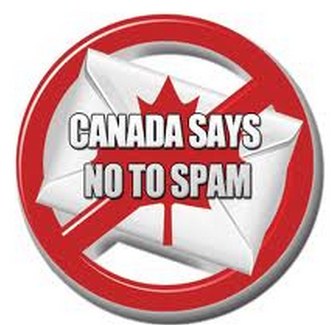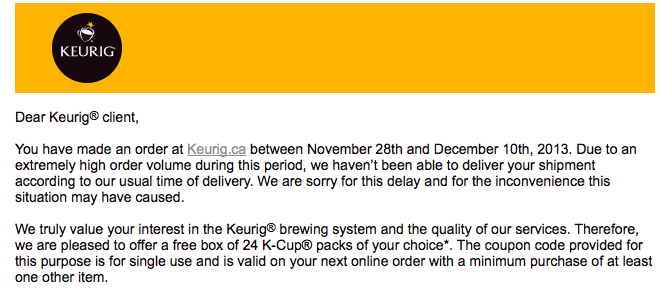Olympic Hockey a Case Study in Second Screen Usage
As I sat watching the Gold Medal Hockey Game for Sochi, my thoughts on Second Screen usage were really front and centre. After all, I had my tablet while watching the game. Olympic Hockey is a real case study in Second Screen Usage. 
Even though the Game started at 4 a.m. Pacific and 8 a.m. my time, my Facebook newsfeed was filled with friends that were pumped up and primed to watch the Game. There are six time zones that cover Canada. Some had not been to sleep yet while others had gotten up early. A significant amount of the near 40 million people in Canada were talking about hockey — live while the game was on.
While research shows that only 42% of consumers try synchronizing their content experience to live TV, I would love to know if anyone was monitoring and researching activity today in Canada. A number hashtags are trending in Canada even an hour after the game:
- #CANvsSWE
- #Toews
- #kunitz; and more!
On both Twitter and Facebook #anythingforhockey is pretty active and full of great moments.
In terms of Second Screen however, I think that a challenge remains for Marketing Practitioners like me. How do Marketers take advantage of these conversations and provide meaningful content? How do you interject yourself into conversations and create real engagement without intruding? And when I talk about engagement I am speaking more about true conversations where relationship building is happening versus just “Likes” and “Shares”. How do you use your content to build relationships versus just pushing your message?
Speaking for myself only, I don’t want to be inundated with advertising when I am watching TV to be honest. Yes, I realize what this sounds like considering that I am a Marketing Practitioner. But, I think that I am not unlike the rest of consumers. Of course we are used to ads when watching, but there are two important components to this. First and foremost, clever ads get our attention and we do tend to like those. On the other hand, networks like Netflix are changing the way that we look at advertising, or no advertising.
I believe that the best bet for Marketers is to focus on Second Screen through Community and Community Engagement. I am talking about real engagement here. Depending on whom you speak to, engagement is defined differently. For me engagement is not a goal, but a result. (and I borrow this from people like Jason Falls). Engagement is definitely not about how many likes you can get or how many shares. Not at all! It is about building a community of people who actually talk to each other, share information with each other and get to know each other. Talk about relationship marketing! This is it at its best. Companies like Radian6 were excellent at it. In some ways they were some of the best at it.
I am hoping that with the importance of Second Screen companies will realize the value in this approach and either get back to basics with Community Engagement and/or implement it the way it was intended. I believe that companies that do, will see great value for their respective brands.
This is my take on Second Screen. I would love to hear your thoughts. Agree or disagree, tell me what you think.











